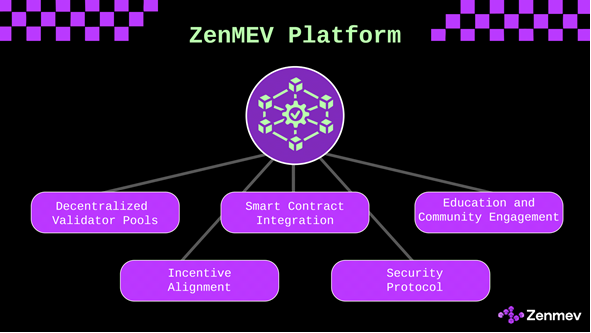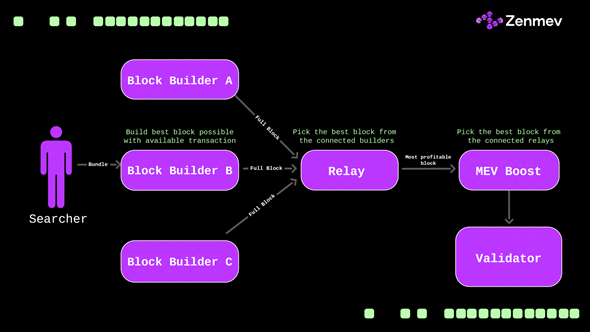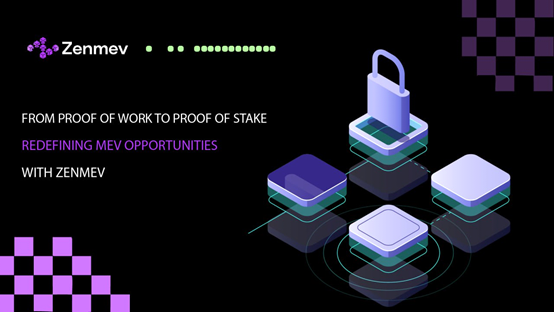The Shift from PoW to PoS: A Blockchain Evolution
The transition from Proof of Work (PoW) to Proof of Stake (PoS) represents a significant evolution in blockchain technology. PoW, the consensus mechanism that powers Bitcoin and Ethereum (until its upgrade), relies on miners solving complex cryptographic puzzles to validate transactions and secure the network. This mechanism is energy-intensive, requiring vast computational power and electrical resources, raising concerns about its environmental impact.
In contrast, PoS relies on validators who are chosen to propose and validate new blocks based on the amount of cryptocurrency they “stake” as collateral. This shift was famously embodied in Ethereum’s “Merge” event, which successfully moved the network from PoW to PoS in 2022. The PoS mechanism drastically reduces energy consumption and opens up new opportunities for scalability, decentralization, and security.
This transition raises an important question about the opportunities within the blockchain ecosystem, particularly regarding Miner Extractable Value (MEV).
ZenMEV: Adapting MEV Strategies for PoS Networks
ZenMEV is at the forefront of MEV innovation, leveraging advanced strategies to optimize MEV extraction in PoS ecosystems. By focusing on transparency, security, and community engagement, ZenMEV ensures MEV opportunities align with the principles of PoS while maximizing profitability.

Decentralized Validator Pools
ZenMEV facilitates decentralized validator pools, enabling users to stake assets collectively. This approach democratizes access to MEV opportunities, ensuring that no single entity monopolizes block production or MEV extraction. By pooling resources, users can participate in MEV-driven rewards without needing to operate their own validator nodes, fostering fairness and inclusivity.
Smart Contract Automation for MEV Optimization
ZenMEV’s smart contracts automate transaction ordering, enabling efficient execution of MEV strategies like arbitrage and liquidations. In PoS systems, where validators play a central role, automation ensures that MEV extraction is conducted transparently and efficiently. This maximizes returns for participants.
Incentive Alignment and Security Protocols
ZenMEV’s model aligns with the incentives of validators, stakers, and users. Validators are rewarded for optimizing transaction ordering, while stakers benefit from MEV opportunities through profit-sharing mechanisms. Advanced security protocols protect against malicious activities, maintaining trust and integrity in the network.
Educational Resources and Community Engagement
ZenMEV prioritizes educating the blockchain community about MEV in PoS environments. Through resources, tools, and collaborative initiatives, ZenMEV empowers users to understand and capitalize on MEV opportunities, strengthening their role within the ecosystem.
How PoS Networks Can Benefit from MEV
Despite the changes brought by PoS, MEV still plays a crucial role in optimizing the blockchain ecosystem. With PoS’s inherently lower energy consumption and more decentralized nature, the opportunities for MEV shift in several key areas:
Increased Validator Participation: In PoS, anyone with enough capital to stake can become a validator. This increases the pool of participants and the potential for competitive validators to emerge. As more validators join the network, the competition for block production increases, creating more opportunities for MEV extraction through competition-based transaction ordering.
Lower Entry Barriers for Validators: Unlike PoW, where miners require expensive hardware and significant energy expenditure, PoS lowers the barriers to entry. As a result, smaller players can now participate in the validation process, potentially democratizing MEV extraction and reducing the centralization that often plagues PoW networks.
Improved Network Security: With PoS, validators are incentivized to act honestly to avoid losing their staked funds. The integrity of transaction ordering and validation will likely be higher, reducing the chances of malicious behavior like front-running or sandwich attacks. This makes PoS networks more secure and trustworthy in handling MEV, encouraging more users to participate in and trust the ecosystem.
New MEV Mechanisms: PoS networks introduce new mechanisms for MEV extraction. For instance, validators may use techniques such as slashing (forfeiting part of their stake for malicious behavior) to enforce fair transaction ordering. Additionally, PoS systems can implement solutions like “priority gas auctions” or other ways of rewarding validators for optimizing transaction ordering, creating new layers of MEV opportunities.
Staking Pools and MEV Strategies: Staking pools where users combine their resources to stake on the network and share rewards can lead to new strategies for MEV. As these pools grow larger, they can exert more influence over the network, giving them better opportunities to extract MEV. Pools that focus on high-frequency transactions, such as those involved in decentralized finance (DeFi), can create profitable MEV strategies, providing users with a way to earn rewards without needing technical expertise.

Closing Remarks
The transition from Proof of Work to Proof of Stake has fundamentally redefined the landscape of blockchain technology, significantly changing how MEV is extracted and distributed. While PoS addresses many of the energy and centralization concerns associated with PoW, it also creates new opportunities and challenges for MEV.
Validators in PoS networks are now the key players in transaction ordering, but their incentives and strategies differ from those of miners in PoW systems. As PoS networks evolve, MEV must adapt to the new realities of the blockchain ecosystem. PoS offers benefits such as increased participation, lower entry barriers, enhanced security, and new MEV mechanisms that will likely lead to a more fair and decentralized approach to MEV extraction.
Projects like ZenMEV are helping to bridge the gap between these two worlds, ensuring that MEV extraction remains fair, transparent, and beneficial for all participants in PoS-based networks. As the blockchain space continues to mature, the evolution of MEV from PoW to PoS will play a crucial role in shaping the future of decentralized finance and blockchain technology as a whole.
Disclaimer: The information presented in this article is part of a sponsored/press release/paid content, intended solely for promotional purposes. Readers are advised to exercise caution and conduct their own research before taking any action related to the content on this page or the company. Coin Edition is not responsible for any losses or damages incurred as a result of or in connection with the utilization of content, products, or services mentioned.







